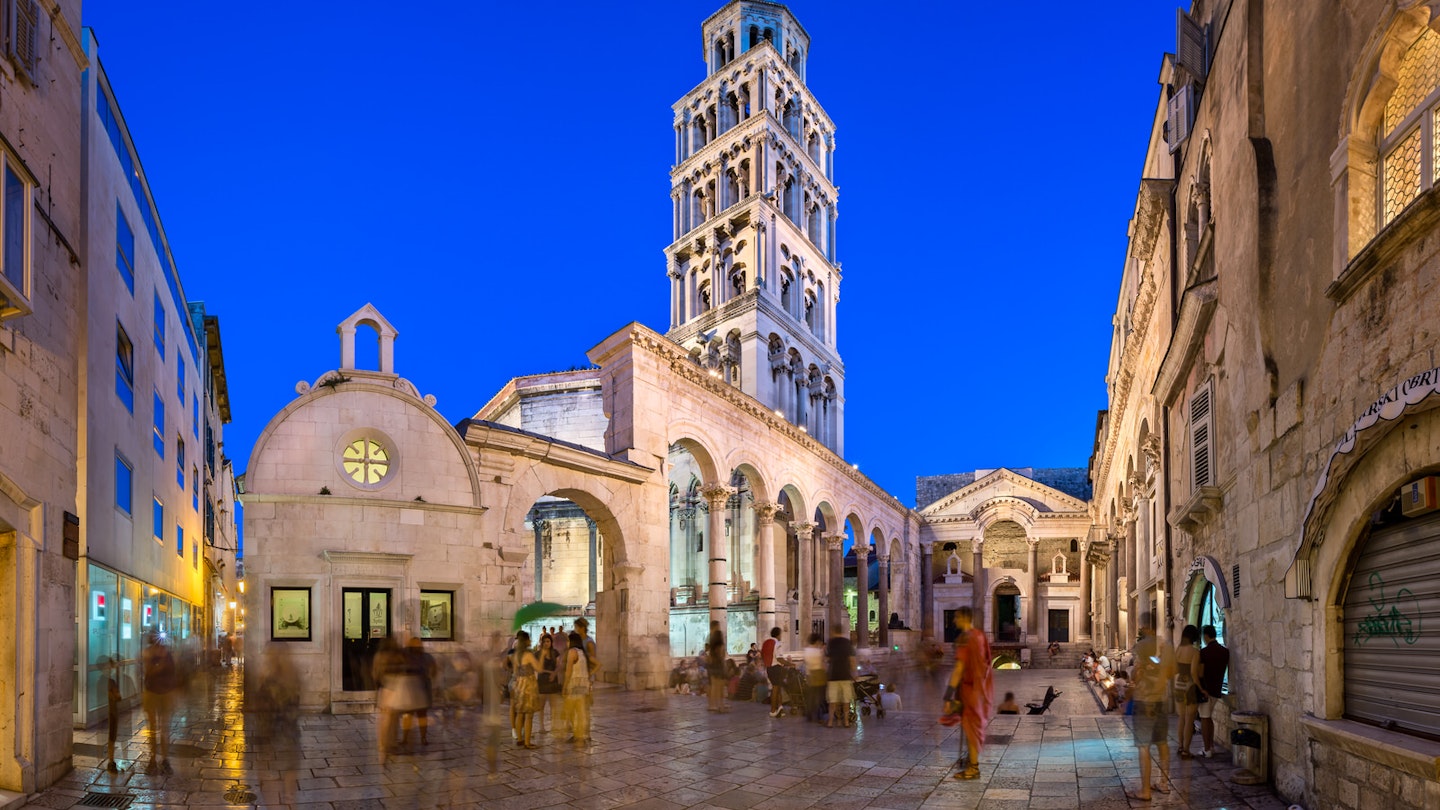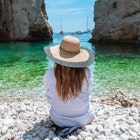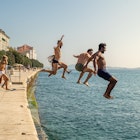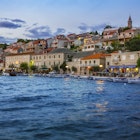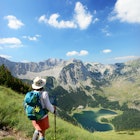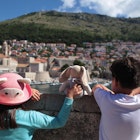Located around 200km north of Dubrovnik on the Dalmatian coast, the Croatian city of Split is often overshadowed by its glamorous neighbour. But once you've wandered Split's enchanting Roman old town, lingered over a coffee on its sunny waterside promenade and ventured into its beautiful surrounds, you might find yourself agreeing with the locals (known as Splićani), who describe their city as 'the most beautiful in the world'.
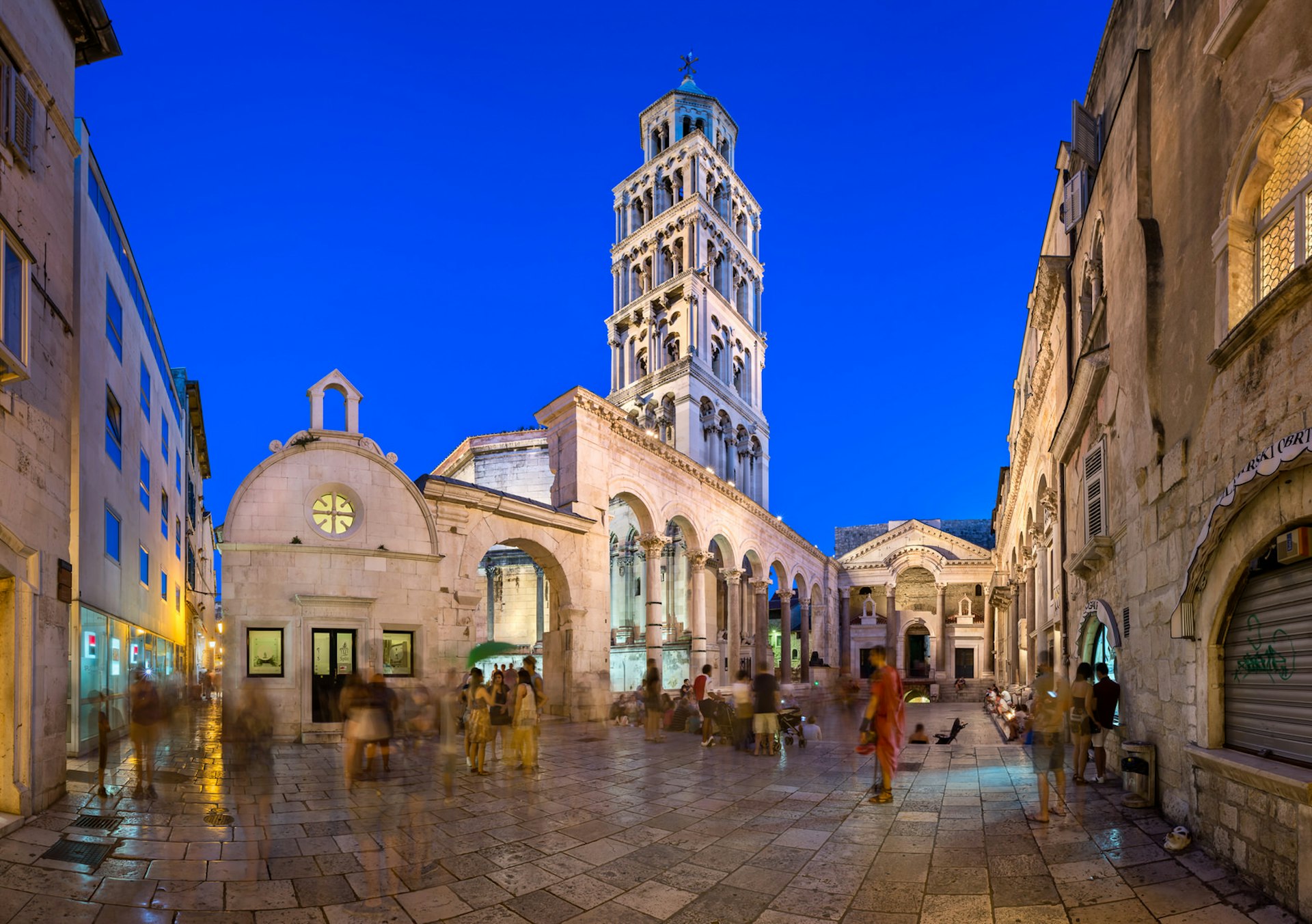
Explore Diocletian's Palace
Imagine this: you're the ruler of a vast empire, covering most of Europe. You're planning to retire and escape the limelight – where would you build your palace? Roman Emperor Diocletian chose this site, overlooking the Adriatic. Entered through four arched gateways, this vast 3rd-century palace now shelters Split's old town. It centres on the Peristil, a monumental square lined by marble columns, where Diocletian would have made his public appearances. The Peristil is overlooked by Diocletian's octagonal mausoleum, now the Cathedral of St Domnius – you can climb the elegant bell-tower, for dizzying views down into the old town.
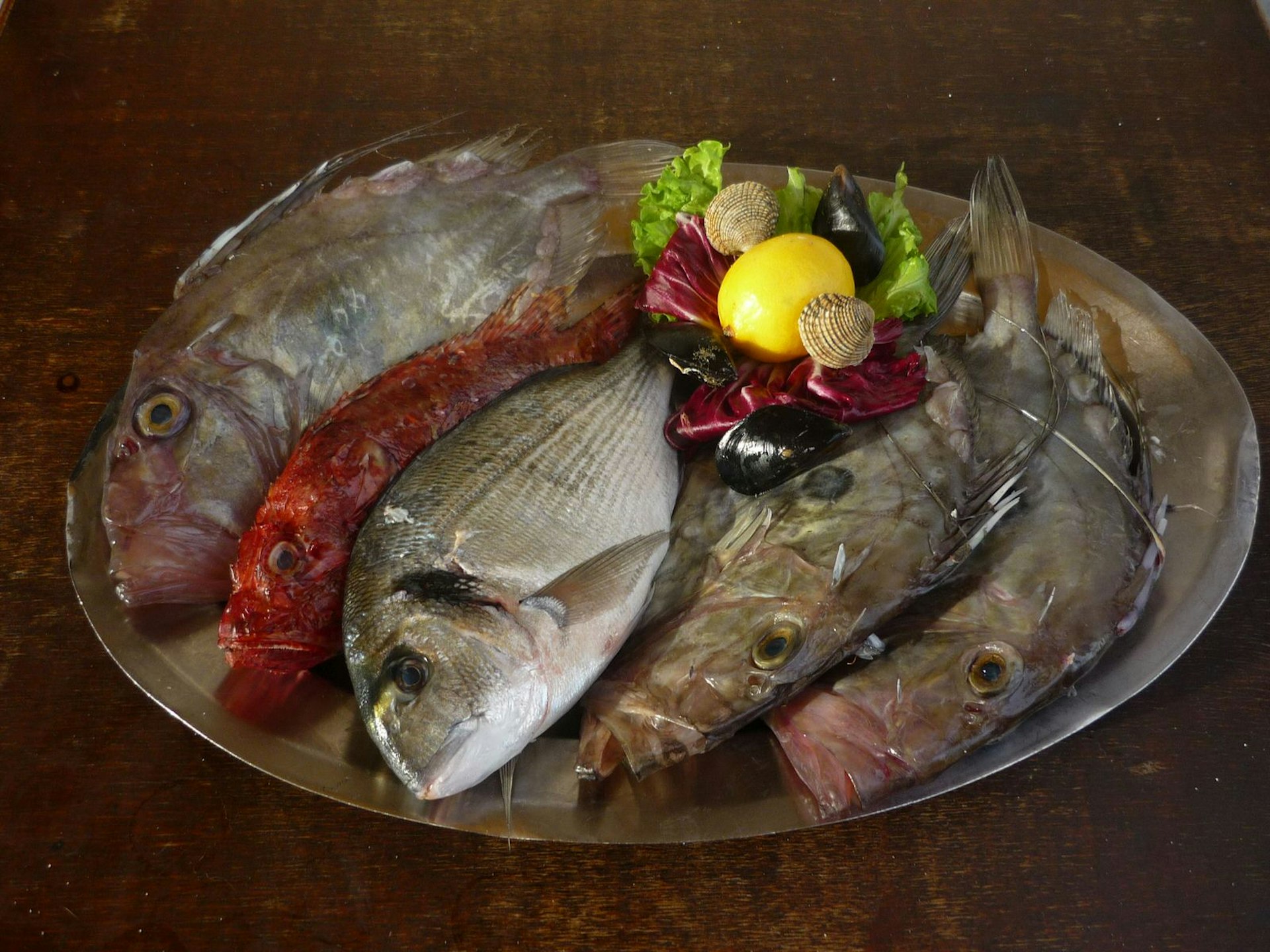
Eat authentic Dalmatian seafood
Apparently Diocletian was fond of fish, as are most Dalmatians – in the past, meat was rare, and locals lived mainly on sardines and seasonal vegetables. To try genuine Dalmatian cuisine, visit Konoba Varoš, which serves excellent grilled fresh fish, and octopus prepared ispod peke (slow-cooked under a metal dome, buried in glowing embers). For something more homely, call at Villa Spiza. The menu here changes daily – look out for gregada (a fish casserole originating from Hvar). Or, to really get down to basics, lunch on deep-fried whitebait at Zlatna Ribica opposite the fish market.
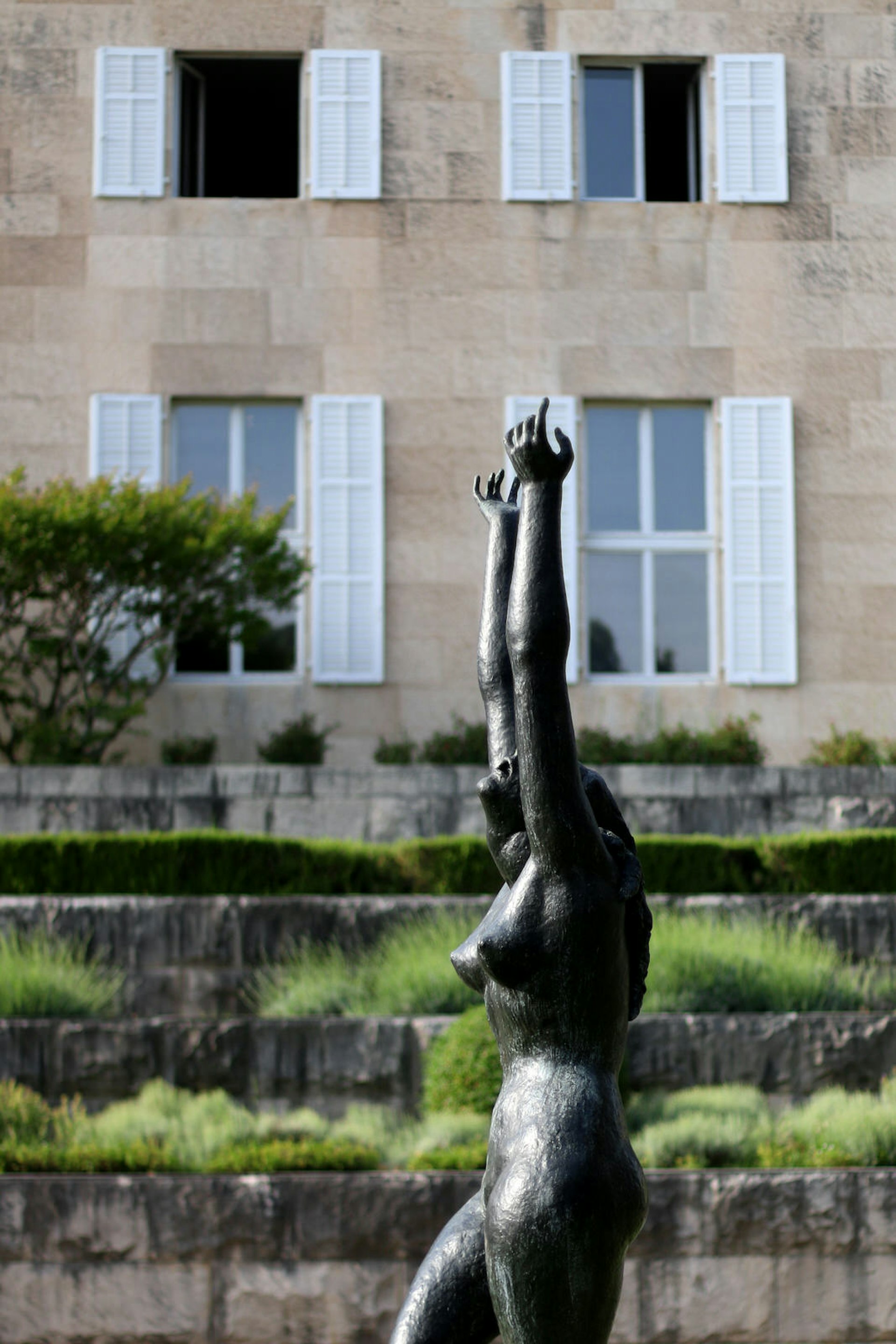
Visit the Meštrović Gallery
From the old town, a 20-minute walk west along the coast brings you to this impressive 1930's villa, built as a summer home for Croatia's greatest modern sculptor, Ivan Meštrović. Set in a blissful garden, it's now used to exhibit his sculptures, in wood, marble and bronze, both indoors and out. The entrance ticket is also valid for Kaštelet (a 5-minute walk away), a 16th-century fortified home bought and restored by Meštrović to house his cycle of New Testament bas-relief wood carvings.
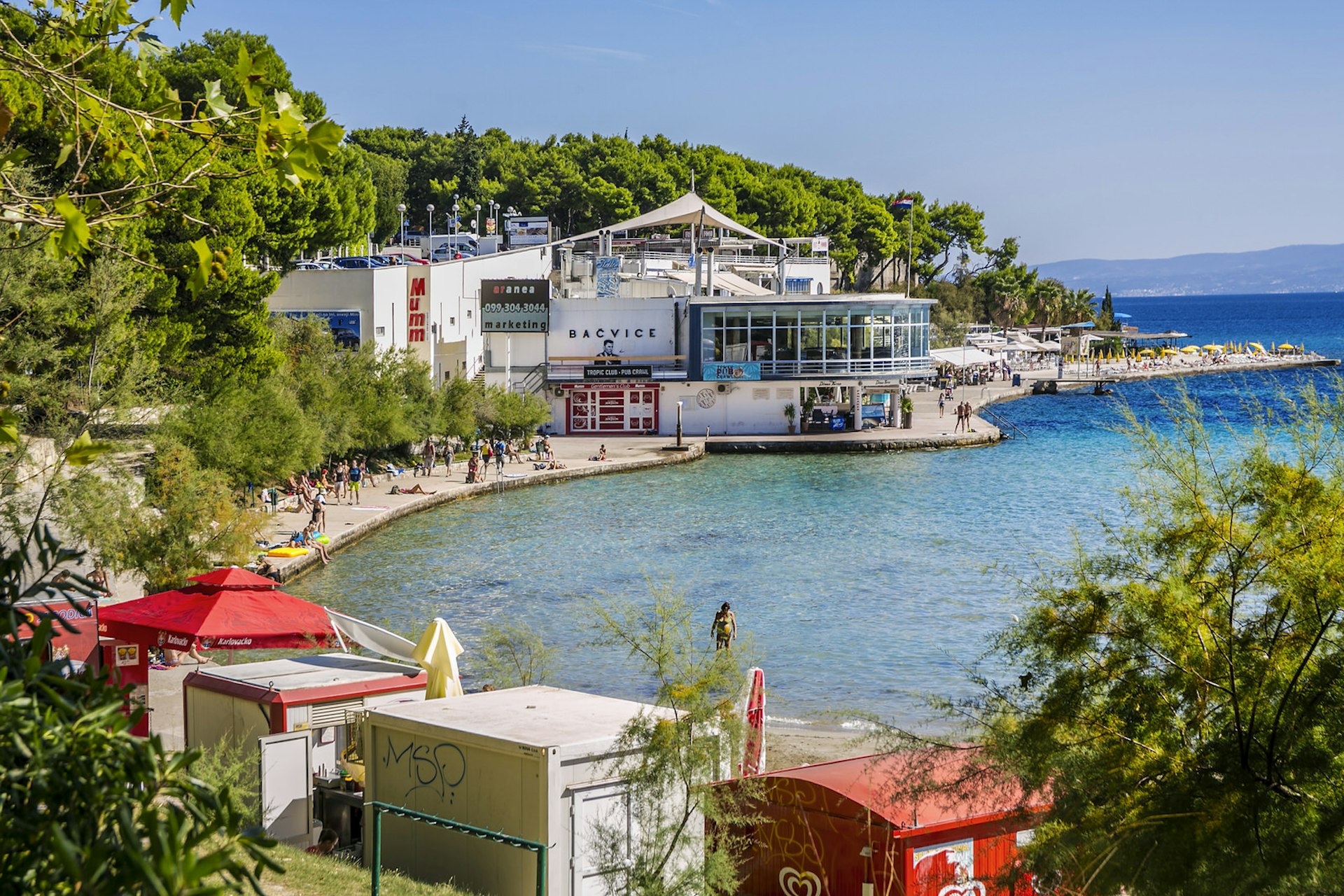
Swim and sunbathe on Bačvice beach
Split is one of those great cities where you can swim before breakfast, if the mood takes you. The town beach, an arc of sand overlooking shallow sea in Bačvice bay, has been an official bathing establishment since 1891. It's south facing and sheltered, so the water is warm enough to swim most of the year, and it has a Blue Flag for cleanliness. Locals come here to play picigin (an energetic game, unique to Split, played with a small ball in the shallows), before having a chilled beer on the leafy terrace at Žbirac, which overlooks the bay and has views towards Brač.
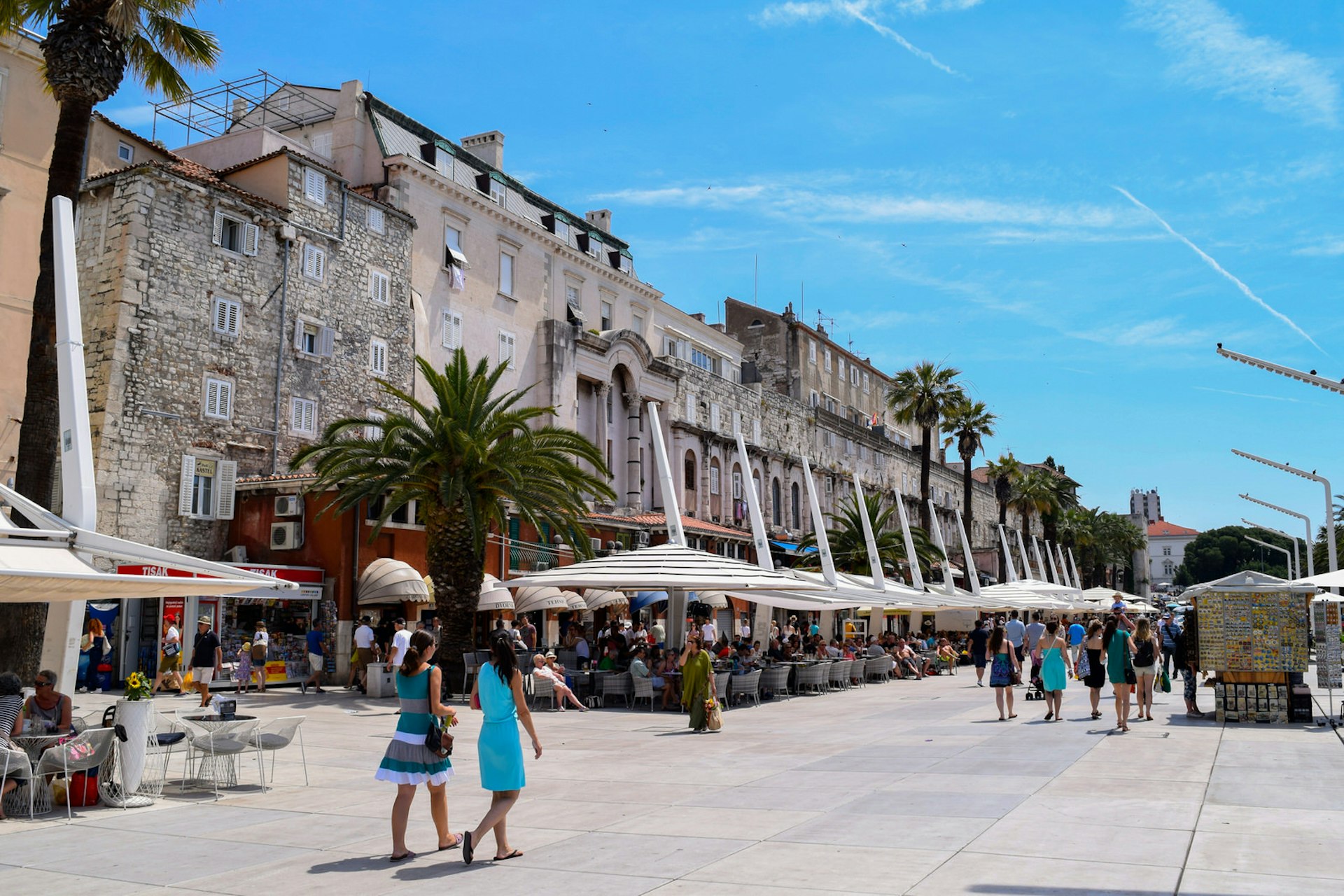
Drink coffee with the locals
Meeting na kavu (for coffee) is a major pastime in Split. Cafes are always full, and you might wonder whether anyone does any work, apart from the waiters. The prime spot is the palm-lined Riva (seafront promenade), where tables overlook the Adriatic sea and it's sunny enough to sit out almost all year. In the old town, you can drink your coffee Roman-style at Luxor, sitting on red cushions on the steps of the Peristil. Nearby Teak has tables on a small square, where locals come to gossip and read the morning papers.

Hike across Marjan peninsula
West of town, Marjan is a 3.5-km long peninsular and a protected nature park. With sea on three sides, and fantastic views over the islands, its rocky slopes are planted with Aleppo pines, cypresses, exotic agave and yellow-flowering broom. It's criss-crossed by paths, taking you from the 13th-century Church of St Nicholas, past a cliffside hermitage, to Bene, on the western tip. To reach it, climb 100 steps up Senjska street, through Varoš, to Vidilica Cafe. From here, the gateway to Marjan, you also have stunning views down onto town.

Catch an open-air live music performance
What better way to spend a balmy summer evening than attending an open-air concert? There's a stage on the Riva practically all year, hosting local rock and pop bands. During the Split Summer Festival you'll also be treated to extravagant opera performances on the Peristil and classical music in the gardens of Sustipan. And in the Old Town, remember to check out in the Vestibul – if you're lucky you might find a group singing traditional Dalmatian klapa (similar to plainsong).
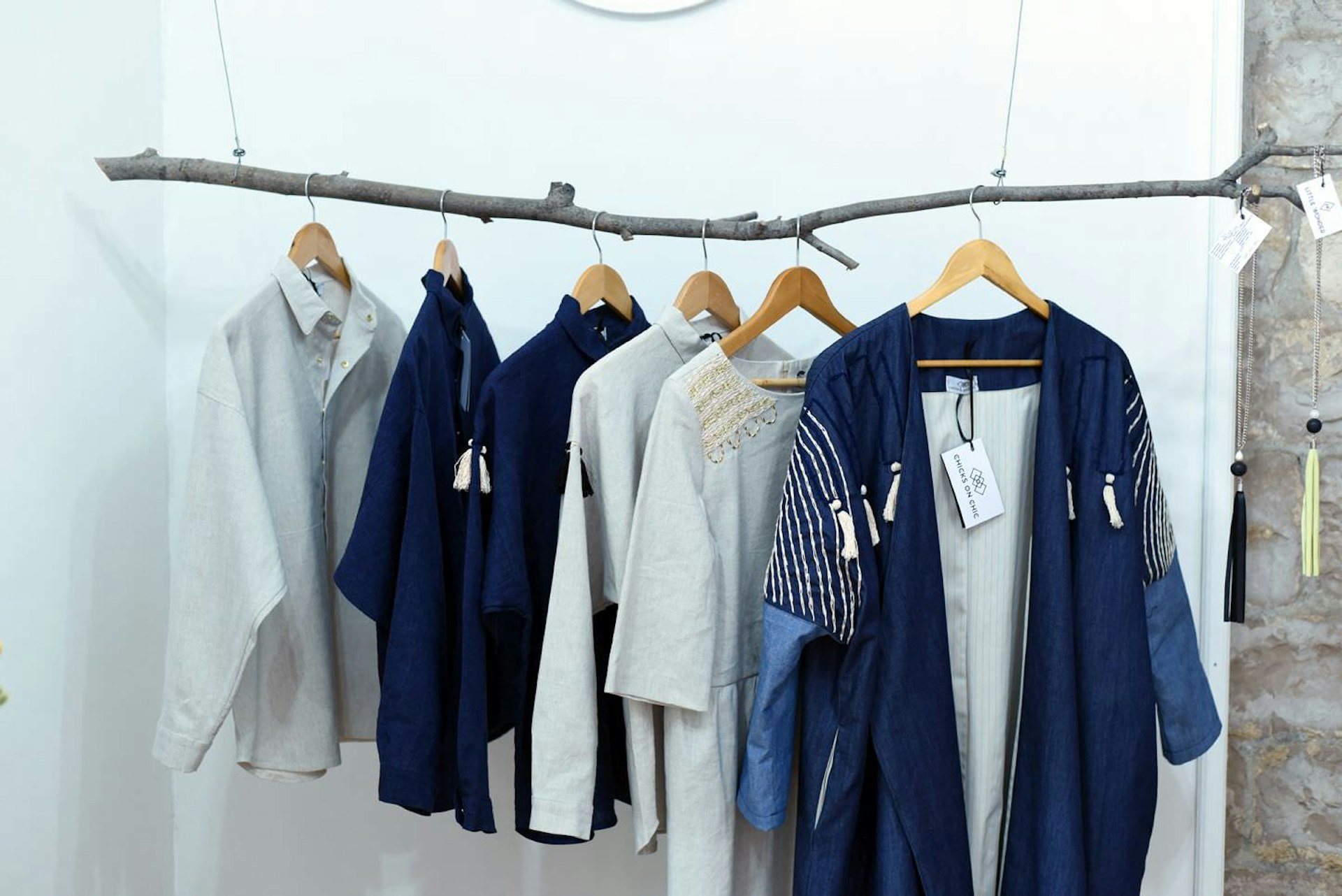
Shop for funky clothing and accessories by Croatian designers
Original clothing created by up-and-coming Croatian designers is popular with the stylish ladies of Split. At Krug, four young female designers display their labels, Dott and Chicks on Chic. Garments are made from natural materials, in blacks, whites and floral prints, while Little Wonder handmade jewellery features brass and freshwater pearls. Nearby, tiny Arterija stocks avant-garde clothing by Gorana Gulišija and I-GLE, plus jewellery, backpacks and decorative items. With two stores, Think Pink showcases women's wear by established Croatian designers. Or, for something less expensive, stalls at Art Market sell works by local artists and craftspeople, including jewellery and one-off items of clothing.

Taste quality Croatian wines
Dalmatia produces some excellent wines. To learn more, call at Paradox for personalised tasting. A sommelier will discuss you preferences, then devise a selection of wines to suit the time of year and your taste. You'll get a broad view of the variety and complexity of Dalmatian wines (their cellar stocks 80 sorts), while they explain production methods. They offer accompanying cheese platters, and in summer have tables on a rooftop terrace. Nearby, Zinfandel bar-restaurant does wine 'flights' (set tasting menus), each with four wines, as well as full meals, including homemade pasta, steaks and salads.
Discover modern Croatian artists at the Gallery of Fine Art
Travel through the centuries, from the 1400s to the present, tracing the evolution of Croatian art at Split's Gallery of Fine Art. The exhibition opens with Old Masters and concludes with contemporary video installations. See how different artists depicted Dalmatia – the moody seascapes of Emanuel Vidović, village scenes in deep vibrant Mediterranean colours by Ignjat Job (Croatia's Van Gogh) and big abstract canvasses by Edo Murtić. You'll also see several well-known foreign artists, including Egon Schiele and George Grosz. The ground floor hosts temporary exhibitions – often thought-proving conceptual works. If your travel partner isn't into art, there's an adjoining cafe in a walled garden.

